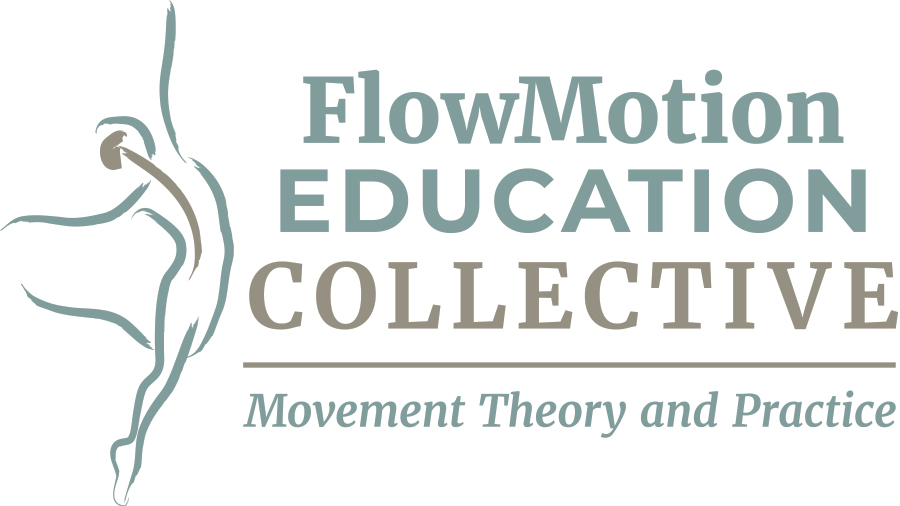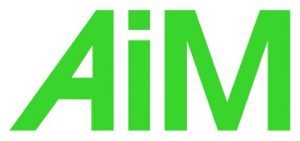The Anatomy in Motion (AiM) Method: A Gait-based Joint-centric Approach to Optimize Movement for Injury Resolution and Prevention, as well as Performance Improvement!
(Founded by Gary Ward)
Are you a movement professional (physiotherapist, coach, personal trainer, yoga teacher, Pilates teacher, etc.) considering studying the AiM Method?
Key features of the AiM Method:
- The method is based on the gait cycle (i.e. all the phases of gait that occur in a single footstep – strike, loading, single leg stance, etc.) to both assess and optimize all human movement, not just locomotion. Why gait? Gait is a universal repetitive human movement that involves every joint in the body in all three dimensions of movement (a mouthful of a sentence…you might want to re-read it!). Even a sedentary person takes 2000-3000 steps a day — imagine how many times an active person is repeating the gait cycle (from heel strike to heel strike). In other words, thousands of times per day your clients/patients are reinforcing those movement biases/asymmetries. If a movement bias/asymmetry shows up in gait – for example a pelvis that loves to rotate left, but not so much right — it almost definitely shows up in all their activities (e.g. picking up a baby, sports, gardening, etc.).
- The Flow Motion Model = a description of every bone/joint motion in all three planes, for each gait phase. We drive off this model to assess and treat clients/patients. We assess what joint motions they are subconsioucly avoiding, and use the model to reason about relationships between joints – e.g. maybe they are avoiding rotating the pelvis right because their left foot lacks pronation mechanics? Yes, this happens!
- Education about joint biomechanics in the closed chain – i.e. with the foot in contact with the supporting surface. Much of standard biomechanics is taught in an open chain context. Think about it – especially for the lower extremity, don’t we want to understand its biomechanics when interacting with the body above and the surface below?
- And speaking of feet, a key component of the AiM Method is taking into consideration the intricate movements of the 33 joints in the foot and its movement’s influence on and by the body above.
- The AiM Method introduces 5 Rules of Human Movement. One such rule is: Joints Act, Muscles React. This flips much of standard fitness/rehabilitative practices upside down, where typically the muscles – and in particular their concentric actions — are the big focus. At AiM we focus on joint motions, and the muscles’ response to those motions. In much of our human movement, and certainly in one of our most basic functions: locomotion, the muscles’ primary role is to decelerate joint motion. By optimizing joint motion, we automatically optimize muscle activation!
- Flow Motion Model based assessments, critical reasoning, and exercises we use to help re-expose the brain to movement options it has forgotten about in a safe controlled environment. In particular, we are re-introducing optimal 3D joint integrations rather than a single-joint/single-plane focus.
What AiM has done for my practice:
Prior to studying AiM, my by then 20-year back and joint therapy oriented practice, was already thriving. Folks presenting with extensive, complex injury histories and chronic pain were coming to see me. I remember feeling panicky during intake sessions with these clients (hopefully, I hid it well). AiM changed all that. Don’t get me wrong — I do not have a god complex — I do not think I (nor any practitioner in the world for that matter) can help everyone. But, today I no longer panic: I have a system of assessment, a model of *ideal human movement, and a treatment philosophy that have made my practice not only more effective, but also more fun: bring it!
*NOTE: “ideal” is simply a compass point to tell us whether we are going in the right direction.

